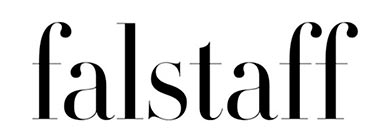

A new wine that tells an ancient story and marks another milestone in the Tenuta di Castellaro project

The fascinating story of these amphorae found at the bottom of the sea inspired a new wine from Tenuta di Castellaro, marking the ideal closure of a journey that began in 2005. This journey involved researching the Aeolian Islands for the best white grape varieties traditionally grown on these volcanic soils, specifically Malvasia delle Lipari, which according to ampelographic studies, was brought to Lipari by the ancient Greeks. With the massal selection and propagation of this rare and precious varietal, the Tenuta di Castellaro wine project was initiated, with the ambitious goal of demonstrating that, through contemporary craftsmanship, great wines can also be made in Lipari. The new wine, the only one produced by the winery with 100% Malvasia delle Lipari grapes, marks a further milestone in this direction and completes the journey that began over fifteen years ago by foreigners on the island




Fill out the form and we will get back to you
Error: Contact form not found.

